
Is “Daronomics”, or economic policies followed by Finance Minister Ishaq Dar, good or bad for the economy? Most commentators give a “yes” or “no” answer.
However, this response is generally not based on the objective criteria but on political partiality. This article presents a four-year comparison of three key economic indicators during the three previous governments. It also suggests the way forward where Daronomics did not work in the past.
GDP growth is the most important economic indicator, which shows whether the economy has expanded by producing more goods and services or contracted due to a lower output. This indicator favoured Dar’s performance, as GDP growth during his tenure was 4.3%, compared to 3.5% and 2.6% during the PTI and PPP periods.
Keeping inflation in check is another important indicator, as an increase in prices has a huge impact on the lives of ordinary people. Once again, Dar’s performance has been commendable.
During his tenure, the inflation averaged 5% compared with 9% during the PTI government and 13% during the PPP rule. A caveat is that external factors such as commodity and energy prices have always influenced domestic inflation rates.
Finally, how did exports fare during Dar’s earlier stint? Unlike the two previous economic indicators, data shows Dar’s performance was much below par.
As compared to the growth of 37% and 23% during the PPP and PTI tenures respectively, exports fell by 10% during Dar’s period.
Many blame Dar’s exchange rate policy for making exports uncompetitive. But this may not have been a significant factor as Pakistan’s previous experience shows that exports grew faster when the rupee value was stable than when the currency was weak.
Our neighbours like India and Bangladesh had the same experience. Empirical reasoning would suggest that Dar’s regressive taxation policies, particularly those relating to customs duty, impaired Pakistan’s exports. A big jump in customs duty reversed most of the gains made over the last 20 years of tariff reforms.
As a result of these new tax measures, the share of customs duty in tax revenue jumped by over 50% during his period.
According to the Lerner Symmetry Theorem, export taxes and import tariffs have symmetric effects on trade. This means that import duties are equivalent in their effects to export taxes.
While the new duties and other import taxes resulted in an increase in the tax-to-GDP ratio from 9% to 11.2%, these taxes had a far bigger negative impact on exports, which fell from 13.3% of GDP to 8.2%.
Some customs duty increases, particularly on industrial raw material, were rolled back during the PTI era, but most additional and regulatory duties are still in place. Even books and other scientific materials, which had always been exempt as Pakistan is a signatory to the Unesco agreement, were not spared and subjected to the customs duty.
Instead of focusing on tariff reforms to remove anti-export bias, Dar seems to be banking on giving subsidies to some sectors. He has already announced energy subsidies of about Rs100 billion for five exporting sectors.
Being an energy-deficient country, it would mean exporting subsidised energy to other countries.
Additionally, subsidies to some sectors put other businesses at a disadvantage. They also distort investment and further narrow the export-basket range.
We also have to be mindful that if exports of the subsidised sectors make any substantial inroads into the EU and US markets, they are likely to impose anti-subsidy duties as has been done in the past. Thus, foreign governments will likely collect a major share of the subsidy given to Pakistan’s exporters.
The only way forward is to emulate the policies of other successful game changers like Turgut Ozal, Deng Xiaoping or Manmohan Singh. These leaders changed the direction of their countries’ economic thinking from import-substitution models of trade and development to export-led growth.
They achieved this through gradually lowering import tariffs, removing non-tariff barriers and opening their countries to foreign investment. These are tried and tested policies that brought success to scores of other developing countries as well.
Export subsidies and high tariffs have not worked for any country and are not likely to work in our case. If we want to promote exports, there is no alternative but to open the economy to competition.
The writer is currently serving as an international trade arbitrator and has previously worked as Pakistan’s ambassador to WTO at Geneva.
Published in The Express Tribune, October 31st, 2022.
Like Business on Facebook, follow @TribuneBiz on Twitter to stay informed and join in the conversation.





1719053250-0/BeFunky-collage-(5)1719053250-0-270x192.webp)
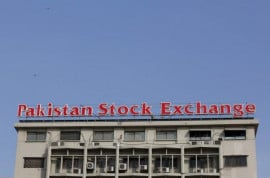
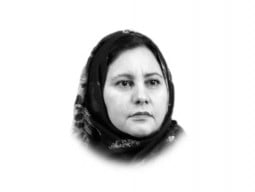
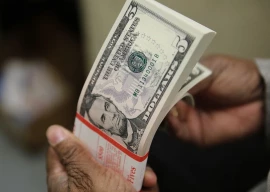
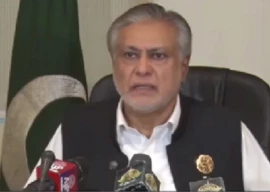

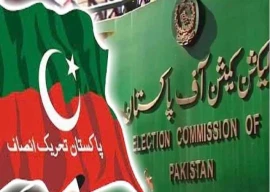
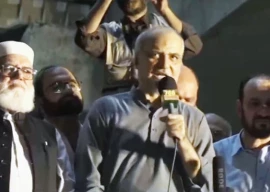
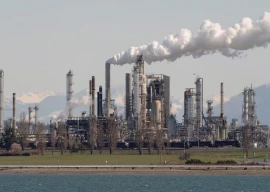








COMMENTS
Comments are moderated and generally will be posted if they are on-topic and not abusive.
For more information, please see our Comments FAQ